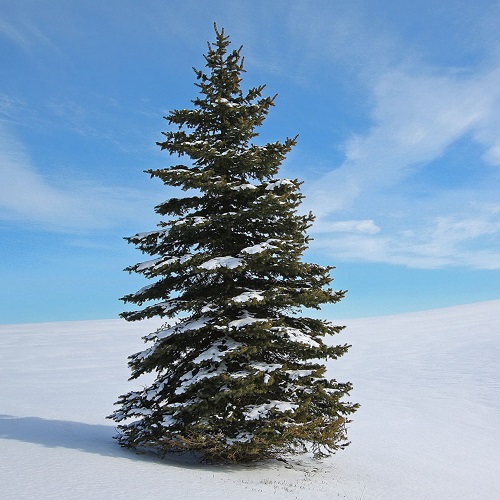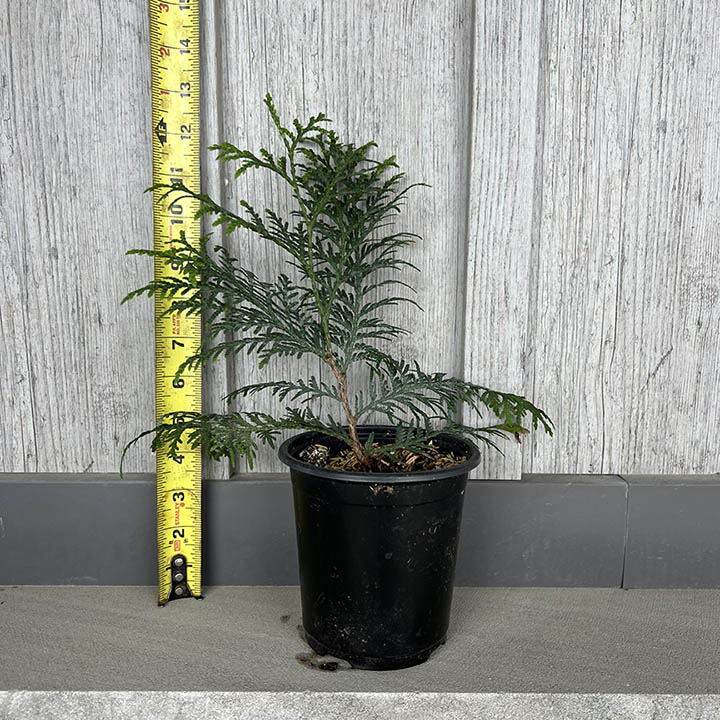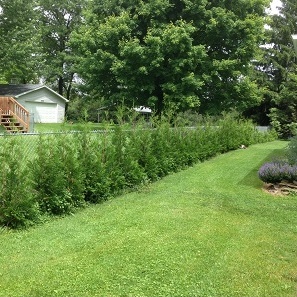WHITE SPRUCE 1 galon pot
$19.95
One of the most common evergreens is the good old spruce tree. There are, of course, numerous varieties within the species to 'spruce up' your lawn. If you have lots of space or are planning an all-season windbreak, the white spruce is a good option to consider. As a North American native it is well suited for practically all of us. As one tree guide describes it - 'Dense in youth (Hey, aren't we all?) but more open with age, it has a slim, conical outline. It is distinguished by deer resistance, and salt, drought and heat resistance.' Although white spruce has a slightly slower growth rate than Norway Spruce, it is more tolerant of alkaline or high pH soils and also of damp planting sites.
Since it also has fewer disease issues than Colorado or blue spruce, the white is becoming the spruce of choice for many people. Mature size is usually about 12-18 m (40-60') tall and 3-6m (10-20') wide. (Picea glauca)
Qty of 10+ $15.95 each
ZONE 2
Only logged in customers who have purchased this product may leave a review.





Reviews
There are no reviews yet.